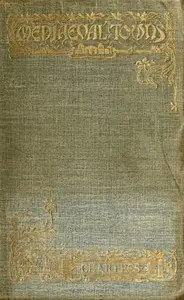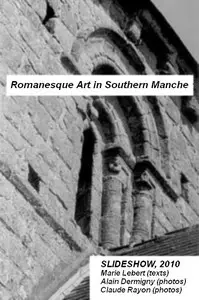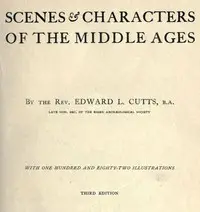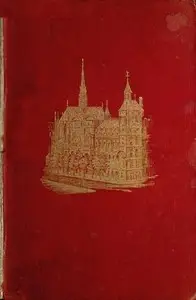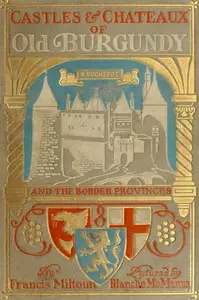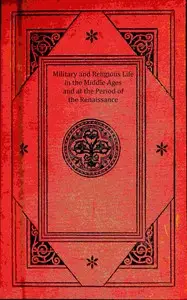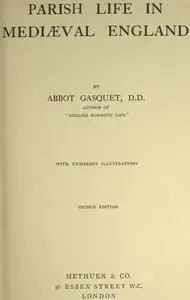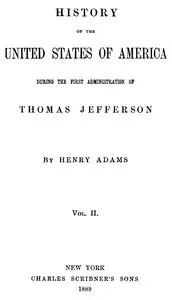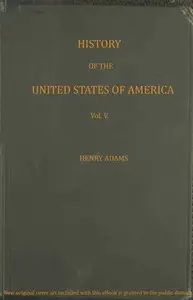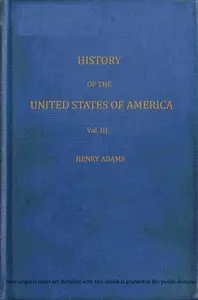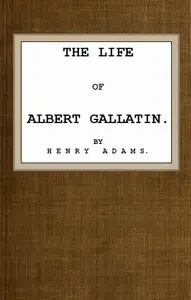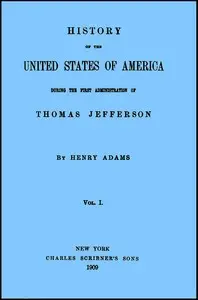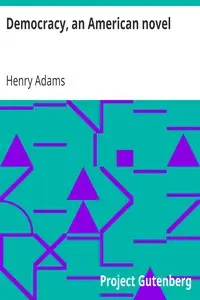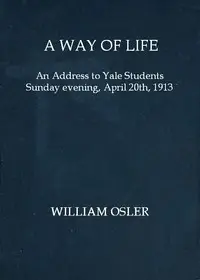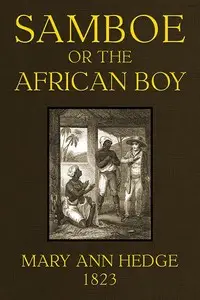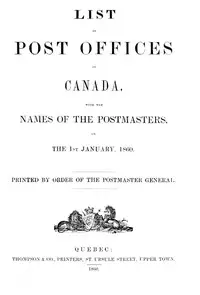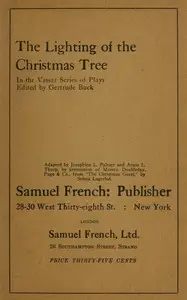"Mont-Saint-Michel and Chartres" by Henry Adams is a journey through the Middle Ages, told by focusing closely on the famous Mont-Saint-Michel and the Cathedral of Chartres. Adams invites readers to see the deep links between the art, buildings, ideas, and religious beliefs of the time. The book shows Mont-Saint-Michel as a strong symbol of both faith and never giving up, using powerful descriptions and historical details to paint a picture of the world around the abbey. Adams highlights how medieval thinkers and artists created beauty and unity as they sought to express their beliefs as he examines the grand buildings and themes that drove medieval society. This shows a strong tie between people and the divine, setting the scene for a deep look at how people lived and what they believed during this period.
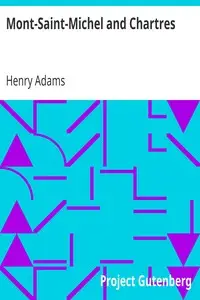
Mont-Saint-Michel and Chartres
By Henry Adams
Witness the soaring cathedrals and profound faith of medieval Europe, where art, architecture, and spirituality intertwined to shape a civilization.
Summary
About the AuthorHenry Brooks Adams was an American historian and a member of the Adams political family, descended from two U.S. presidents. As a young Harvard graduate, he served as secretary to his father, Charles Francis Adams, Abraham Lincoln's ambassador to the United Kingdom. The posting influenced the younger man through the experience of wartime diplomacy, and absorption in English culture, especially the works of John Stuart Mill. After the American Civil War, he became a political journalist who entertained America's foremost intellectuals at his homes in Washington and Boston.
Henry Brooks Adams was an American historian and a member of the Adams political family, descended from two U.S. presidents. As a young Harvard graduate, he served as secretary to his father, Charles Francis Adams, Abraham Lincoln's ambassador to the United Kingdom. The posting influenced the younger man through the experience of wartime diplomacy, and absorption in English culture, especially the works of John Stuart Mill. After the American Civil War, he became a political journalist who entertained America's foremost intellectuals at his homes in Washington and Boston.

